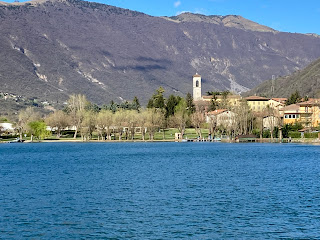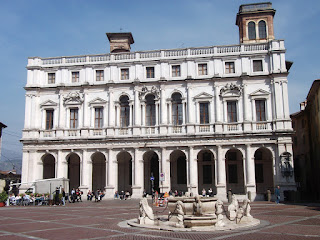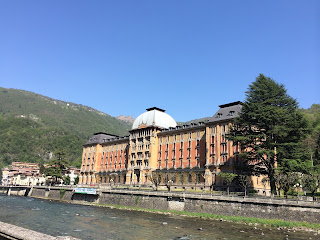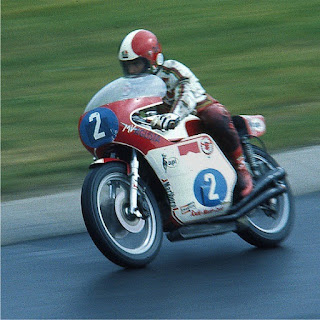Talented writer produced verses in local dialect
Pietro Ruggeri da Stabello, who became famous after
his death for the poetry he had written in his local dialect, was born on this
day, 15 July, in 1797 in Stabello, a hamlet near Zogno in Lombardy.Ruggeri da Stabello's mounted bust under a
portico in Piazza Pontida in the Città Bassa
Ruggeri da Stabello wrote a valuable account of events
that occurred in the north of Italy during revolts against the Austrian
occupying army, which were later collected in a volume entitled Bergamo
Revolution of the Year 1848.
He was the second son of a Bergamo couple, Santo Ruggeri,
and Diana Stella Ceribelli, who had gone to live in Val Brembana to escape the
riots that followed the fall of the Republic of Venice in 1797.
When Pietro Ruggeri became an adult, he added the
words da Stabello to his name, to honour the small village where he had grown
up, just outside the municipality of Zogno in Val Brembana, to which it
belongs.
After Pietro Ruggeri moved to live in Bergamo to study
for a diploma in accountancy, he began to compose verses, inspired by his
contact with local people and what he had seen of their daily lives in the
city.
He wrote his work, Letter of Pietro Ruggeri da
Stabello against the widespread misery of 1816, in the Italian language, more
for his own pleasure than as a literary exercise. He went on to write four more
works in Italian between 1820 and 1822 that were never published.
Ruggeri's bust is mounted on a
plinth within a fountain
Ruggeri da Stabello started to wrote poetry in the
Bergamo dialect from about 1822. As his fame spread, he was portrayed in a
painting by Bergamo painter, Enrico Scuri, and invited to social gatherings to
meet other learned people in the area, while he continued to do a variety of jobs to earn his living.
He founded and became president of The Philarmonic
Academy in Bergamo and he was painted on the occasion by Luigi Deleidi, a
Bergamo artist, who was also known as Nebbia.
Ruggeri da Stabello wrote sonnets dedicated to his friends
and some well-known people, such as the painter Francesco Coghetti. He started
to compile, but never finished, a Bergamo-Italian vocabulary.
During 1848, he wrote his volume about the revolts
against the Austrians while he was being forced to take refuge in the safer territory
of Zogno, because of verses he had written in honour of Pope Pius IX and of Italy,
when the Austrians returned to occupy the country.
Pietro Ruggeri da Stabello died in Bergamo in 1878. He
was buried in the cemetery of San Maurizio in the Città Bassa, but
his tomb was lost after the cemetery was closed.
However, his writing was evaluated after his death and
he was recognised as the greatest writer in the Bergamo dialect ever known. In
appreciation of his talent, his native city named a street after him and
erected a mounted bust of him in Piazza Pontida, an historic square in the Città Bassa.
In 1933, another Bergamo citizen, Bortolo Belotti, published
some of his poetry in the volume, Pietro Ruggeri, poet from Bergamo.
Modern Italian is now the most widely spoken language
in Bergamo, but the Bergamo dialect, dialetto Bergamasco, is still seen on
menus, street signs and often reproduced in popular Bergamo sayings.
Linguistically it is closer to French and Catalan, than to Italian. It is still
spoken in some of the small villages out in the province of Bergamo and the
area around Crema, another city in Lombardy.
Because of migration in the 19th and 20th centuries,
Bergamo dialect is still spoken in some communities in southern Brazil.


.jpg)


.jpg)
















